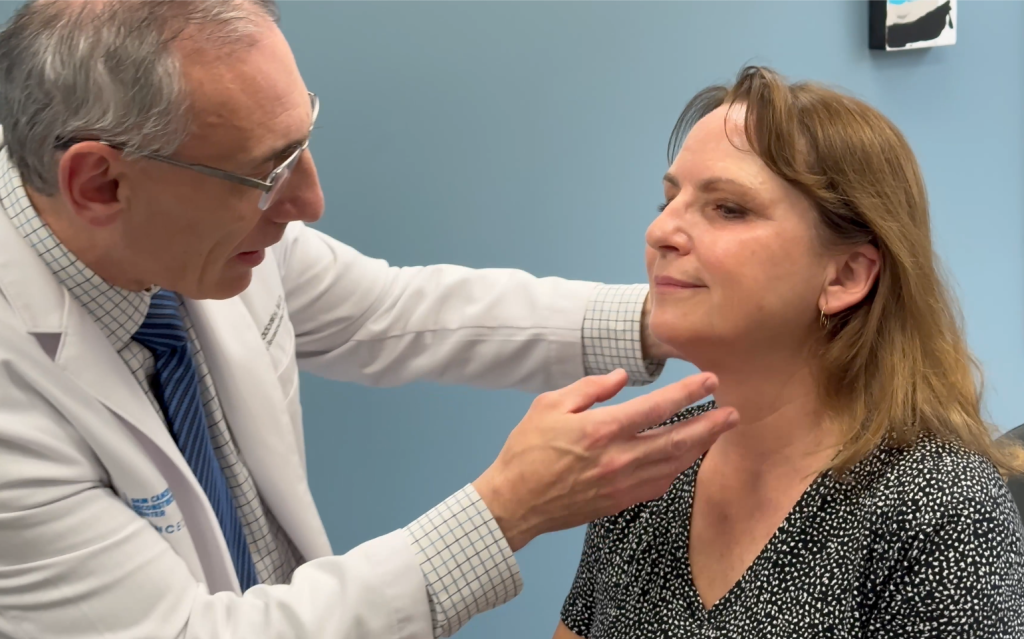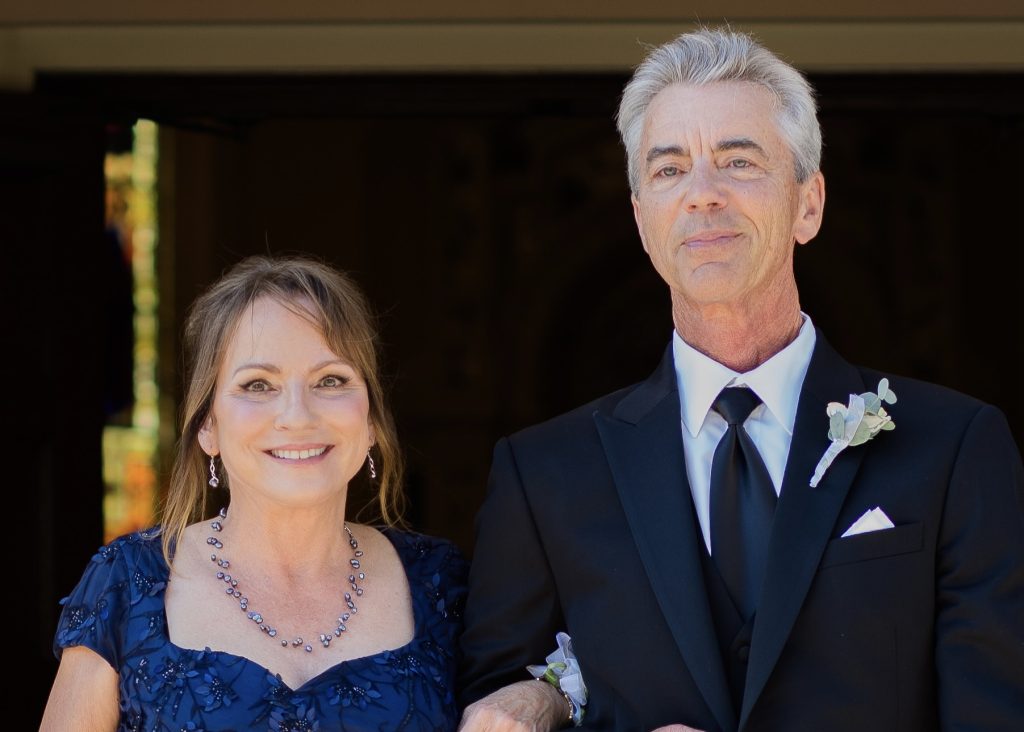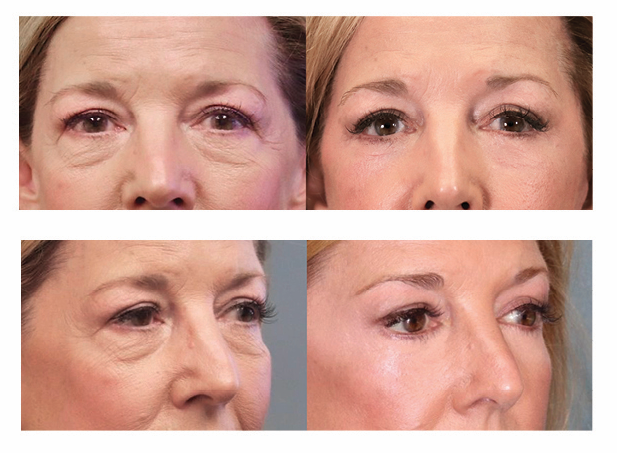We often hear tips for getting brides ready for the big day, but what about the moms? How can they look their absolute best for the wedding?
Similar to the bride, the mother of the bride (or groom) is front and center at this big event. As she gets ready to celebrate, it’s important for her to take some time to focus on herself.

This 64-year-old patient came to Dr. Simon Madorsky hoping to freshen up her features in anticipation of her daughter’s wedding, which was six months away. Despite feeling youthful and energetic, she thought her appearance didn’t quite match. This was an ideal time to embark on surgical procedures, as she needed about three months for total healing, and results would continue to improve over time.
Six months before the big day, she underwent a lower face and neck lift, along with an endoscopic brow lift. The facelift worked its magic by repositioning deep tissues and getting rid of extra skin, diminishing jowls, while adding a nice contour to the neck. The brow lift raised the forehead, and enhanced the brow and eye area.
After the wedding, this patient came back to our office for a check-in with Dr. Madorsky. Besides being amazed by how great she looked, we were excited to hear about the wedding.
“Being the mother of the bride, I had to look my absolute best. I was ready for the big day because I felt like I was beaming with joy and confidence.”

Our patient with her handsome husband on their daughter’s wedding day.
Fine lines, wrinkles, loose skin, and other signs of aging are perfectly natural, and many of us reach a point where we want to “do something.” But what does that mean? After looking into the options, you may be asking, “should I choose fillers or surgery?’
We turn to two of our top physicians with this question.
Simon Madorsky, MD is a Facial Plastic Surgeon.
“Judicious use of filler can really enhance natural features,” assures Dr. Madorsky, “but over time, there can be limited results, as well as a necessity for repeated procedures. They have their place, but cannot replace surgery. They will not remove extra skin or extra fatty tissue.”
“Fillers can be overdone. We are seeing something I call Filler Fatigue. People are getting over-filled and often look unnatural.”
The ideal candidate for facial fillers is someone who has minor to moderate signs of aging on their face. These candidates are usually between 30 and 55, since older people may have significantly loosened skin and the presence of other things like bags under their eyes and jowls, which will not respond well to filler injections.
The ideal candidate for surgery, such as a blepharoplasty or facelift, is someone who has more advanced signs of aging in the face and neck. A surgical procedure can address many more issues than facial filler can. That said, candidates still need to be in good enough overall health to undergo surgery and will need adequate support and downtime to recover from the procedure.

This patient underwent blepharoblasty (evelid surgery). She was advised her that iniectables would have a limited and temporary impact.
Choosing Both Options
Some patients use fillers as a way to “try on” a new face and to helo them decide whether they want to move forward with surgical procedures.
One example of this is the “liquid rhinoplasty,” where the shape of the nose is changed with filler, albeit temporarily. There are also subtle enhancements to the eye area and jawline that can be made with filler and Botox, but don’t have the longevity of a surgical procedure. This is an option worth considering when you talk with your provider.

Don’t let the fear of anesthesia hold you back from achieving your desired appearance.
Our patients now have the option for an alternative to general anesthesia known as Gentle Sleep. Instead of deep anesthesia, it induces stage 2 sleep, and when used in combination with other medications, it achieves a comfortable state for patients. We are now using it routinely at our on-site surgery center.
During Gentle Sleep, patients may cough, reposition themselves, and breathe without assistance. This is a more normal state for patients than deep sedation or general anesthesia.
“It has been a real game changer for our practice,” says Dr. Simon Madorsky. “Gentle Sleep is so well tolerated by patients, that it allows the surgeon to take time needed for superb results without pressure to rush.”
It is especially revolutionary for our older patients and those with certain health conditions. When it comes to cosmetic–or elective–surgery, some of these patients are not good candidates for general anesthesia. This is often a barrier for them to have these procedures. With gentle sleep, this barrier disappears.
Watch this video to learn more.
